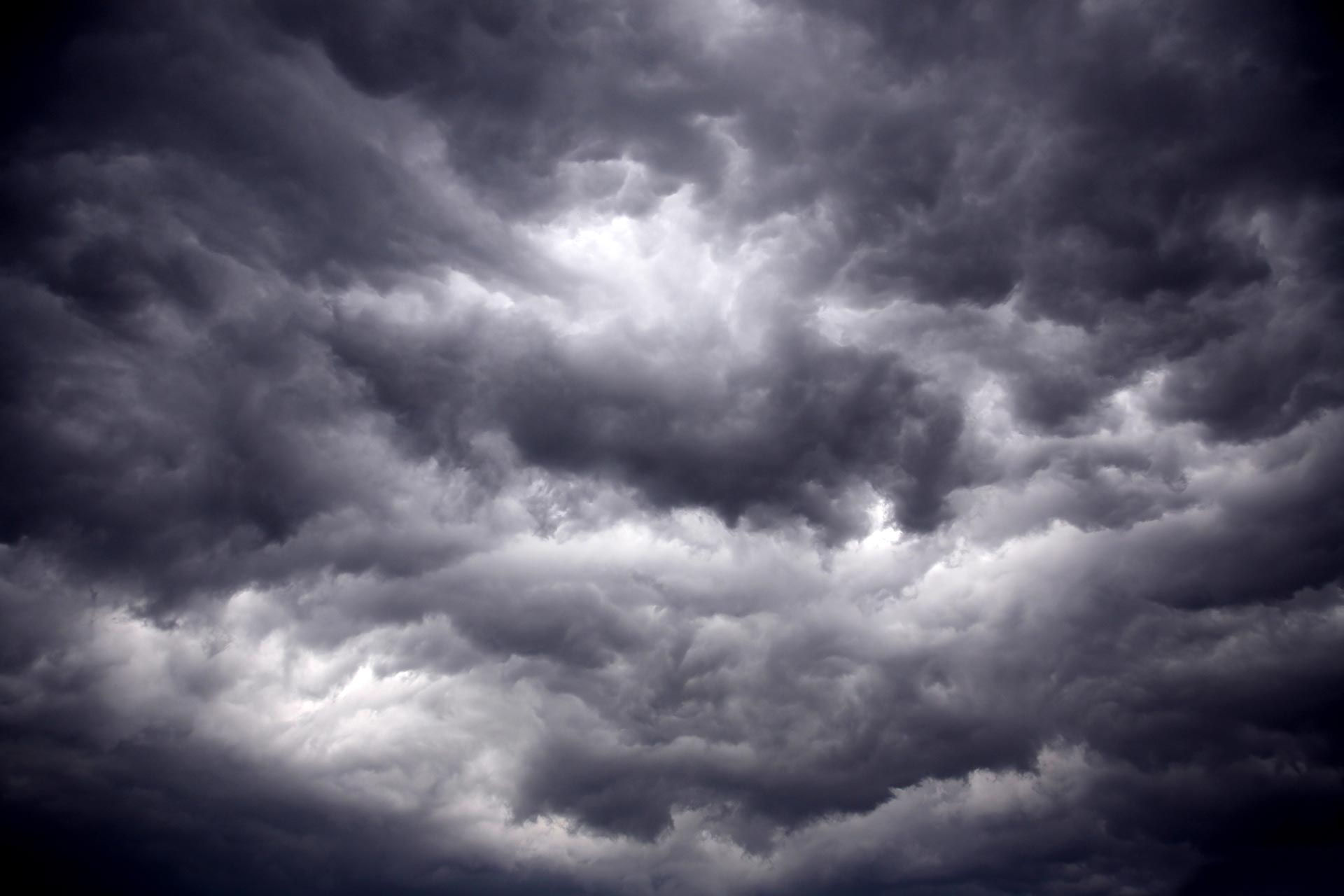THE MOTHER OF ALL HEAT WAVES....
When it comes to the mother of all heat waves, nothing compares to 1936. At this very time an intensely hot air mass began to bake the Midwest producing numerous records, many for all-time heat. To this day, nothing compares with the searing conditions endured without air-conditioning and in some cases electricity or refrigeration. It's estimated the death toll nationwide exceeded 5,000.

Several factors led to the deadly heat of July 1936:
A series of droughts effected the U.S. during the early 1930s. The lack of rain parched the earth and killed vegetation, especially across the Plains states.
Poor land management (farming techniques) across the Plains furthered the impact of the drought, with lush wheat fields becoming barren waste lands.
Without the vegetation and soil moisture, the Plains acted as a furnace. The climate of that region took on desert qualities, accentuating its capacity to produce heat.
A strong ridge of high pressure set up over the central U.S. that funneled the heat northward across the Upper Midwest and Great Lakes.
In my area the heat wave reached peak intensity July 4th through the 18th when highs of 100-112 were measured. In Burlington, Iowa records were established 14 consecutive days. During the period highs ranged from 105-111 degrees 12 of the 14 days. The Quad Cities set record highs 11 consecutive days.

To put some perspective on the heats magnitude, it's been 5 years since the last 100 degree high in Cedar Rapids. To get a grand total of 14 days you would have to go back nearly 5 decades.
On July 15th the average high temperature for all 113 weather stations in Iowa measured 108.7°. Nighttime low temperatures were also remarkable. Bismarck recorded a low of just 83° on July 11th. Milwaukee, Wisconsin endured five consecutive nights above 80° from July 8-13. Even near the normally cool shores of Lake Erie amazing temperatures were recorded such as the low of 85° and high of 110° at Corry, Pennsylvania July 14th. And most amazing of all was the low of 91° at Lincoln, Nebraska on the night of July 24-25th warming to an all-time record of 115° on the 25th.
Below residents of Lincoln, Nebraska spend the night on the lawn of the state capital on July 25, 1936. The temperature that night never fell below 91°, perhaps the warmest night ever recorded anywhere in the United States outside of the desert Southwest. Photo from the Nebraska State Historical Society

When the temperature peaked at an all-time high of 108° in Minneapolis, Minnesota, the want-ad staff at the 'St. Paul Daily News' was provided with 400 pounds of ice and two electric fans to cool the air in the press room. Photo from the Minnesota Historical Society.

If there was a saving grace with the extreme temperatures, it was the fact humidity levels were low as a result of the ongoing and prolonged drought which had been affecting the central part of the country leading into the summer of 1936. That's also the primary reason why such extreme high temperatures were recorded.
Ironically, February of 1936 leading up to the heat was the coldest on record with an average nationwide temperature of 26.0° (single coldest month on record was January 1977 with a 23.6° average). In February of 1936 temperatures fell as low as -60° in North Dakota, an all-time state record. Turtle Lake, North Dakota averaged -19.4° for the entire month, the coldest average monthly temperature ever recorded in the United States outside of Alaska. One town in North Dakota, Langdon, went 41 consecutive days below zero (from January 11 to February 20), the longest stretch of below zero temperatures ever endured at any site in the lower 48.

Above: Ames, Iowa winter of 1936
With this in mind, it is truly astonishing what occurred the following summer. The temperature in North Dakota that had reached -60° on February 15 at Parshall rose to 121° at Steele by July 6, 1936. The two towns are just 110 miles from one another. Wow!
It's hard to argue the glaring fact that over much of the Midwest, 1936 was was the most extreme year ever considering the harsh winter and blistering summer. Wish I could have been around for that. Roll weather...TS









